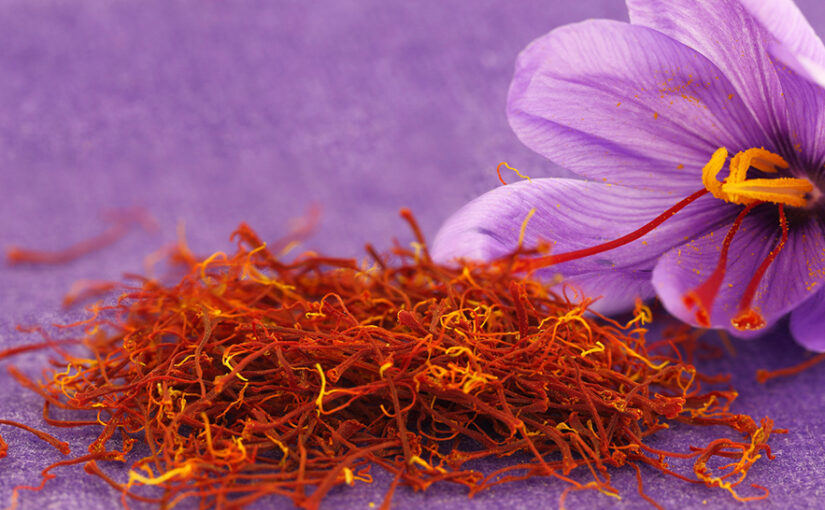15.2.2022
In past centuries, the province of Cosenza was known for the production of saffron. The province of Cosenza was one of the largest exporters in the world. There are historical sources that tell of its production in Presila in 1500.
Some people, in the wake of this tradition, have even believed in the precious spice, linking the business to the legendary figure of the Gothic king Alaric.
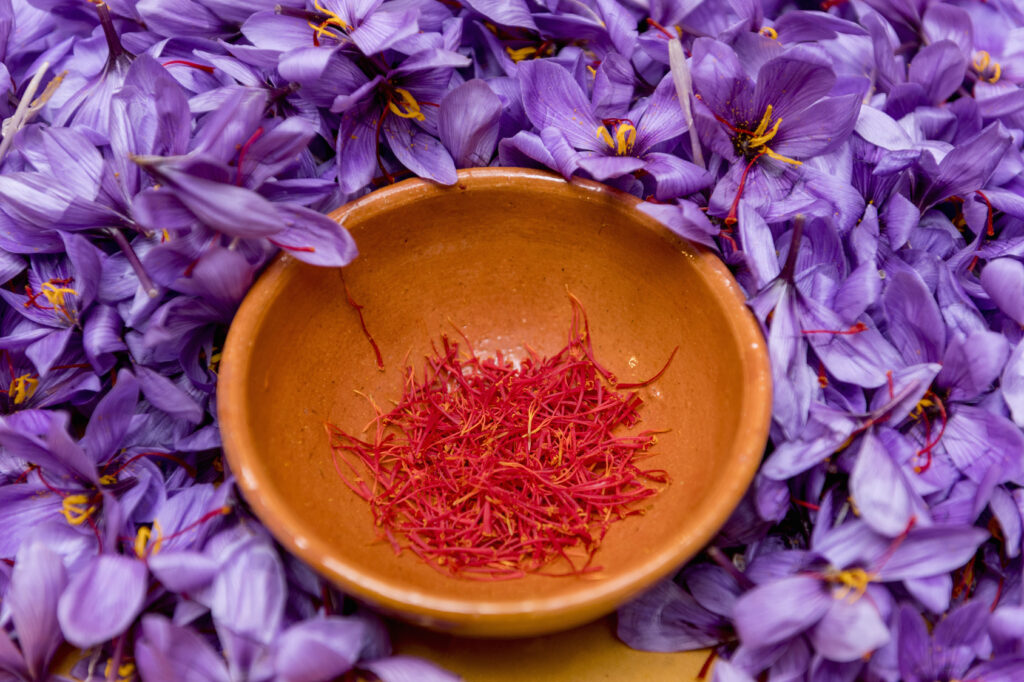
Many loads of saffron went all over the world, in the very middle of the Renaissance, from the city of Cosenza, replying to a global demand.
This happened since the past. The most expensive spice on the market, it has come a long way from Cleopatra to Calabria. The Egyptian queen used it every day to brown her skin. And so we rediscover it as the ancestor of today’s cosmeticians treatments.

HILLS TINGED WITH PURPLE
There is a moment, between October and November, when the hills of the province of Cosenza are tinged with purple, just as soon as autumn has turned off all its colors.

It is the time for saffron to bloom, and it lasts about 15 days.
“Let’s go and pick the flowers one by one – explain the growers – a job we do personally because it requires extreme care”.
The harvested flower must arrive intact at the “brushing” stage, a word full of charm since it contains within itself the act of removing the flower from the stem, but also the need to do it with extreme delicacy.

The customers of Calabrian saffron companies are mostly restaurateurs.
Spice, dear to Sardinia and indispensable for the famous Milanese risotto, is today the perfect ingredient of gastronomic laboratories of starred chefs who enhance Calabrian traditions.
«Our research – explain the producers – has allowed us to trace a strong link with the territory and to make a story out of it. And it is a fundamental aspect, because the average type of consumer wants to appreciate its qualities but also to know its history ».
The partner friends of Calabrian saffron are great chefs. They say: «The real treasure, the one we have under our eyes, is the earth. We believe in it. In a territory, rather than chasing something non-existent, we need to seek and preserve what really exists ».
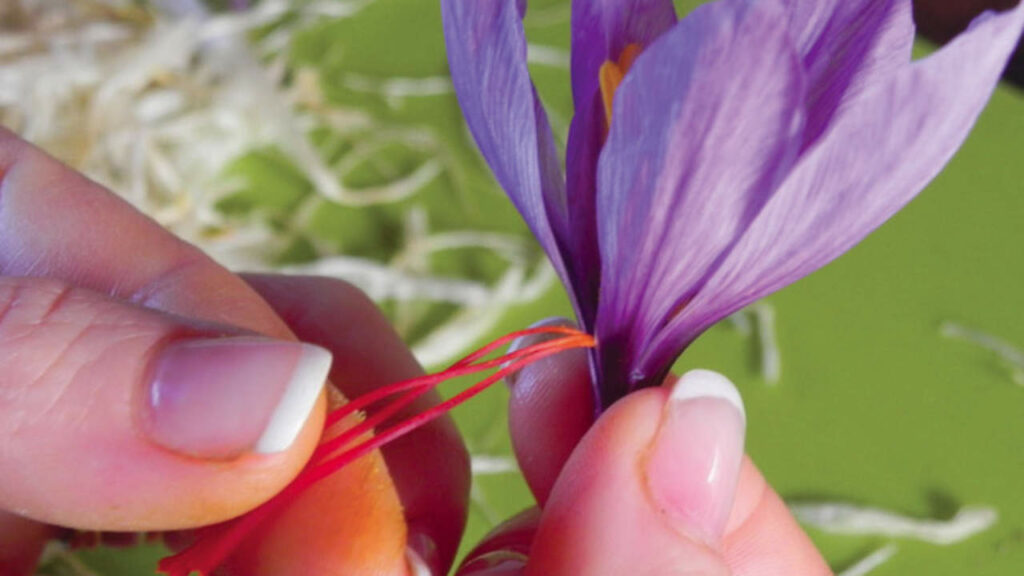
OCTOBER FLOWERS
That of saffron is a very simple production: the bulbs are planted around mid-August, when the temperature begins to change.
The plant grows in a few months, in late October it blooms. This is the most important moment, because everything must be done in a very short time and manually, in order not to damage the very delicate flowers, which must be placed in the baskets.
At this point the processing takes place in the laboratory, where the flower is separated from the pistil (this is the so-called “grazing”) which will then be dried.
The saffron obtained is finally stored in the glass, waiting to be bagged and packaged. Only 10% of what is produced remains in Calabria.
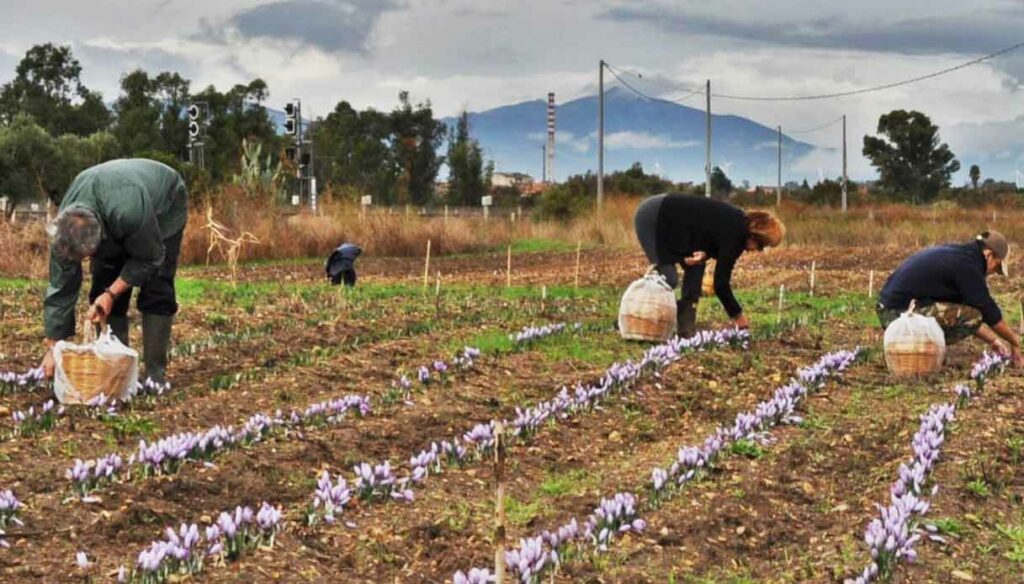
THE MOST COUNTERFEITED PRODUCT IN THE WORLD
Saffron is the most counterfeit product in the world and the small Calabrian production must compete with the intensive ones of Iran, Morocco and Spain. These countries bring to the markets a saffron which costs two euros per gram, against twenty-five of the Italian one.
There is no resignation in the words of a young and stubborn businesswoman. “The way forward is certainly to join forces,” he says. «We small producers are many, and we all have similar difficulties that we can overcome by creating a network, a collaboration that allows us to stay on the market and become truly competitive. At the moment we are on the ground, but we are evaluating new strategies ».
Small but tenacious like the red gold crocus flower.
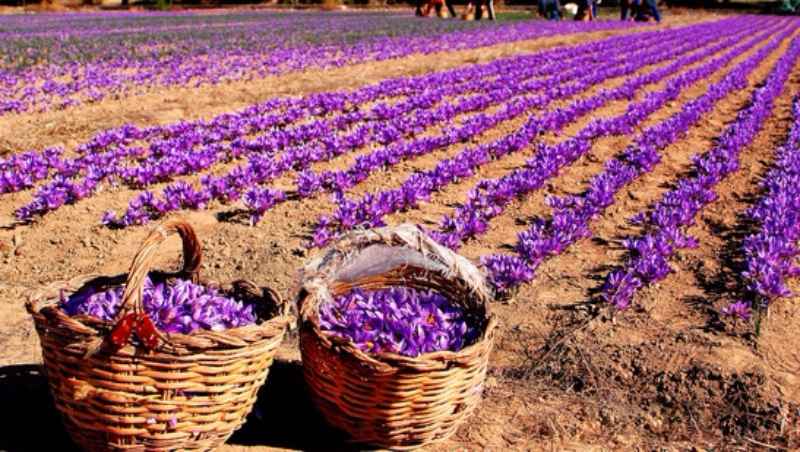
RICHELIEU’S APHRODISIAC
In the past, saffron treated rheumatism, gout and strong inflammations such as toothache.
Also used as an abortion powder, it was better known as an aphrodisiac (Cardinal Richelieu was among the usual consumers).
For the Roman emperors and priests it was a precious perfumer of sumptuous salons and temples, the Calabrian peasants scattered it on the bed of the newlyweds’ first night.
A spice with a thousand uses, a world to discover.


